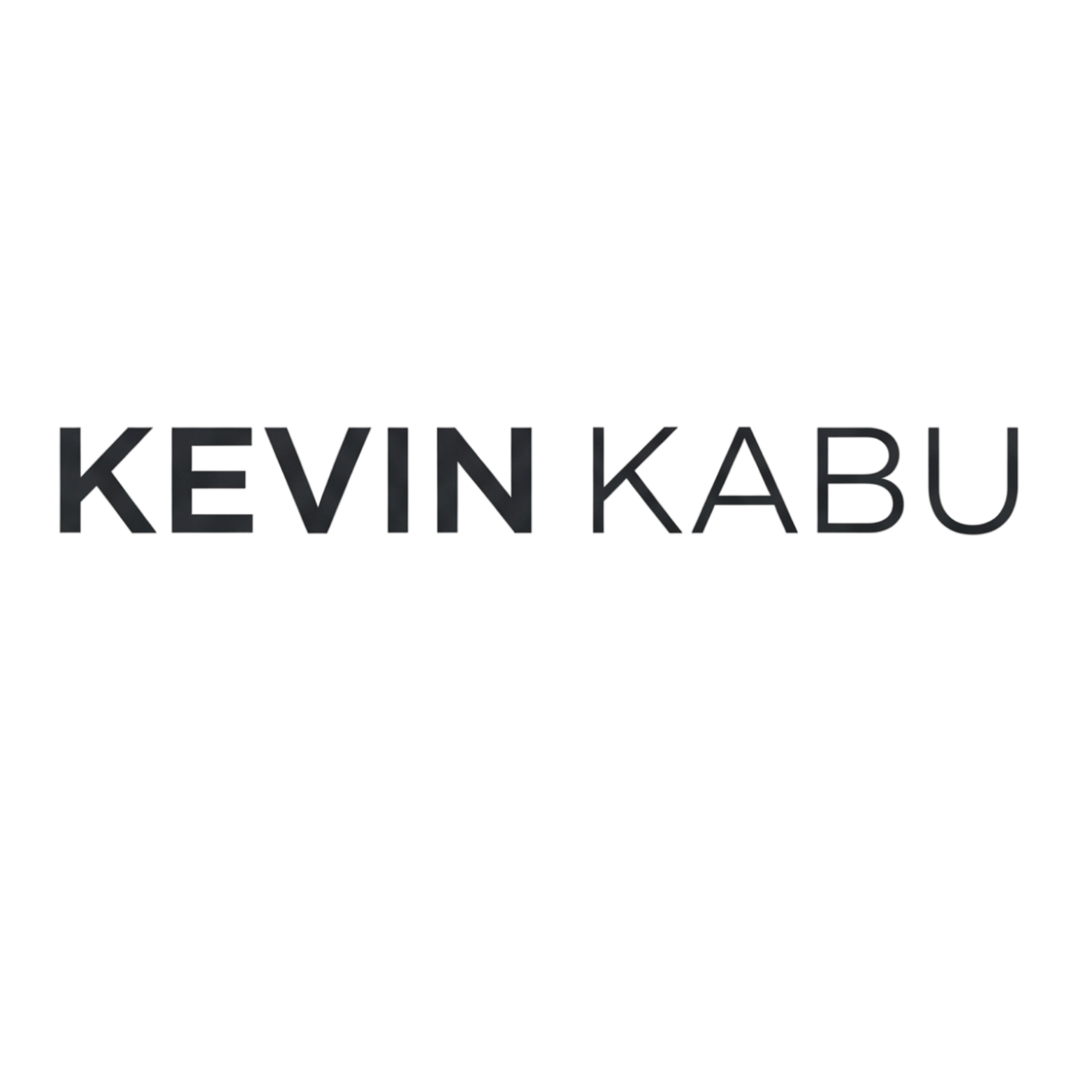As a business owner, the journey of entrepreneurship is often a solo one, filled with countless tasks and responsibilities. There comes a point, however, when the demands outweigh your capacity, and the thought of hiring your first employee becomes both exciting and daunting. This is where building smart systems and leveraging modern technology, including AI, can pave the way for sustainable growth and wealth.
In this guide, inspired by insights on successfully bringing in your first team member, we’ll explore three crucial tips to ensure this pivotal step is a success, setting your business on a path to thrive in the modern Kenyan market.
1. Hire for Character First, Skill Second
When you’re bringing someone new into your business, especially your very first employee, it’s natural to focus on their skills. Can they do the job? Do they have the experience? While skills are important, the most critical factor, particularly in the unique context of Kenyan entrepreneurship, is character.
Why Character Trumps Skill:
- Adaptability in a Dynamic Market: The business landscape is constantly evolving. A person with strong character – traits like resilience, integrity, and a positive attitude – will be better equipped to adapt to changes, learn new skills, and contribute meaningfully to your vision. Skills can be taught, but character is deeply ingrained.
- Building a Cohesive Culture: As a small business, your first employee will significantly influence your company culture. Someone whose values align with yours will foster a more harmonious and productive work environment. This is especially true in service-oriented businesses, where client relationships are paramount. Clients are more likely to connect with and trust someone who mirrors the character they appreciate in you.
- Leveraging Technology for Skill Development: With the advent of modern technology and AI, skill development is more accessible than ever. Online courses, AI-powered learning platforms, and digital tutorials can quickly upskill an employee with the right character and eagerness to learn. This means you can hire for potential and cultural fit, then invest in their technical growth.
2. Implement a Structured Hiring Process
The idea of a “structured process” might sound formal for a small business, but it’s a powerful tool for making informed hiring decisions and ensuring you find the right fit. This isn’t about rigid corporate bureaucracy; it’s about a clear, repeatable system that minimises guesswork and maximises your chances of success.
Key Steps in Your Structured Process:
- Define the Role with Clarity: Before you even think about candidates, clearly outline what this person will do. What are the core responsibilities? What problem are they solving for your business? This clarity will guide your entire hiring process.
- Strategic Sourcing: Beyond traditional job ads, consider leveraging your networks. WhatsApp groups, professional communities, and referrals from trusted contacts can connect you with individuals who are already embedded in relevant ecosystems, potentially reducing the risk associated with unknown candidates.
- Systematic Selection: This is where modern approaches can truly shine.
- Capability Assessment: Design a practical task that mirrors the actual work the employee will do. This hands-on approach provides real-world insight into their abilities, far beyond what a resume can tell you.
- Cognitive Ability Test: In today’s fast-paced environment, problem-solving is critical. Simple cognitive tests can assess a candidate’s ability to think critically and adapt to new challenges, a vital skill for navigating the complexities of business in Kenya.
- Structured Interview: Ask every candidate the same set of questions. This allows for fair comparison and helps you objectively evaluate responses, reducing unconscious bias.
- Structured Reference Interview: Instead of relying on provided references (which can often be friends), ask candidates for the contact information of their former bosses. A structured conversation with a previous supervisor can provide invaluable insights into a candidate’s work ethic, character, and performance.
- Sell Your Vision: Once you’ve identified a strong candidate, remember that they are also evaluating you. Articulate your business’s vision, its impact, and the opportunities for growth within your company. In the competitive talent market, especially for those seeking to build wealth and impact, showcasing your purpose is crucial.
3. Develop a Training Program: Document, Demonstrate, Duplicate
Bringing on a new employee is an investment, and like any investment, it requires a clear strategy for success. A well-thought-out training program, even a simple one, ensures your first employee can quickly become a productive and valuable member of your team. This is where the “Document, Demonstrate, Duplicate” framework proves invaluable, especially when integrating technology into your operations.
The “Document, Demonstrate, Duplicate” Framework:
- Document: Create clear, step-by-step checklists and guides for every task the employee will undertake. Think of it as creating a “how-to” manual for their role. For example, if your business uses a CRM system, document the exact steps for entering customer data. If you leverage social media for marketing, outline the content creation and posting process. This documentation becomes a living asset, easily updated as your systems evolve.
- Demonstrate: Show your new employee how to perform each task. Walk them through the documented steps, explaining the “why” behind each action. If you’re using a new AI tool for customer service, demonstrate how to interact with it, interpret its outputs, and leverage it effectively. This hands-on demonstration clarifies expectations and provides practical understanding.
- Duplicate: Have your employee perform the tasks in front of you, following the documented steps. Provide constructive feedback and allow them to repeat the process until they achieve proficiency. This iterative approach ensures they internalise the process and can confidently execute their responsibilities. As they become more adept, they can even contribute to refining the documentation, fostering a culture of continuous improvement.
By embracing these three pillars, i.e. prioritising character, implementing a structured hiring process, and developing a robust training program, business owners can confidently hire their first employee.
This strategic approach not only alleviates the immediate workload but also lays the groundwork for a scalable, efficient, and ultimately, more prosperous business.

